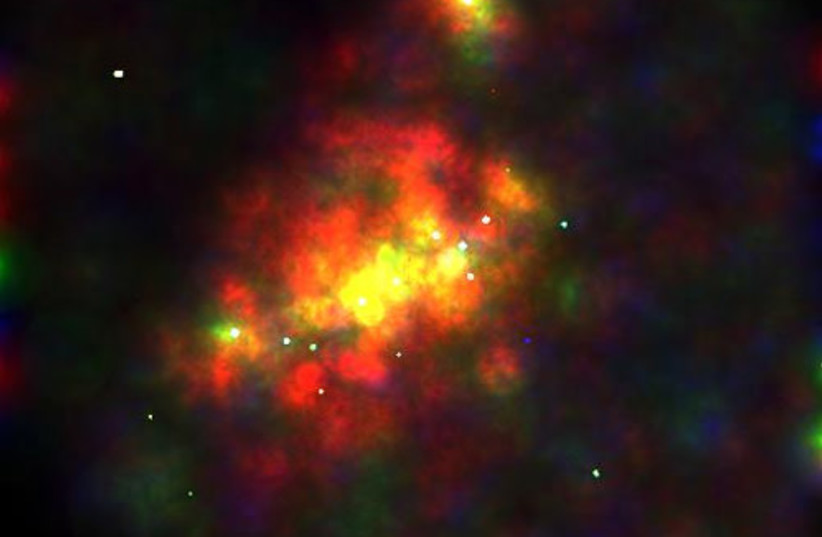In the universe there exist objects known as ultra-luminous X-ray sources (ULXs), which produce around 10 million times more energy than our Sun and have puzzled scientists for a while now.
The confusion stems from the fact that these objects are so bright and radiant that they exceed the Eddington limit, which sets boundaries on the relationship between the brightness of a body and its mass. ULXs are so bright that they surpass this limit by 100-500 times.
Researchers recently published a new peer-reviewed study in the The Astrophysical Journal, detailing the first measurements taken of an ULX with NASA’s Nuclear Spectroscopic Telescope Array (NuSTAR). They found that the ULXs' extreme brightness isn't some kind of illusion, as was previously hypothesized in order to explain the apparent exceeding of the Eddington limit.
Gravity thiefs
But no, ULXs really are actually that bright and do surpass the Eddington limit. So what's the explanation?
The recent study targeted a known ULX called M82 X-2 and found that, due to its enormous gravity, it "steals" material from a neighboring star - to the tune of 9 billion trillion tons per year.

Here lies a possible explanation for the ULX phenomenon. In a 2014 study, scientists had already discovered that M82 X-2 was a neutron star, which similar to a black hole, is created after the death and collapse of an old star.
Now knowing the amount of material that M82 X-2 pulls toward itself, scientist could calculate how bright it should be according to the Eddington principle and prove that it does exceed it.
The reason for the ULXs' brightness is their strong gravity pulling in stray gas and dust, which can heat up and radiate very bright light in the process.
Explaining the anomaly
The scientists went on to posit their hypotheses explaining this anomaly. One theory says that ULXs possess a strong magnetic field, but this could only be tested through observation, as no magnet of comparable power exists on earth.
ULXs emit light in the form of photons, which can exert a push force against material they collide with. If an object emits enough light per square foot, the force of the photons can counter and even overwhelm the pull force of the gravity, and so prevent further material from being pulled into the object. This is the moment an object reaches the Eddington limit.
Very strong magnetic fields like the one now being proposed, can distort spherical atoms of the material that is pulled into an object, into elongated, stringy shapes. This could reduce the photons’ ability to push atoms away, thus increasing an object’s maximum possible brightness.
This may be the ultimate explanation of how it's possible that ULXs are so bright.
“These observations let us see the effects of these incredibly strong magnetic fields that we could never reproduce on Earth with current technology,” Matteo Bachetti, an astrophysicist with the National Institute of Astrophysics’ Cagliari Observatory in Italy and lead author on the recent study told NASA. “This is the beauty of astronomy. Observing the sky, we expand our ability to investigate how the universe works. On the other hand, we cannot really set up experiments to get quick answers; we have to wait for the universe to show us its secrets.”
